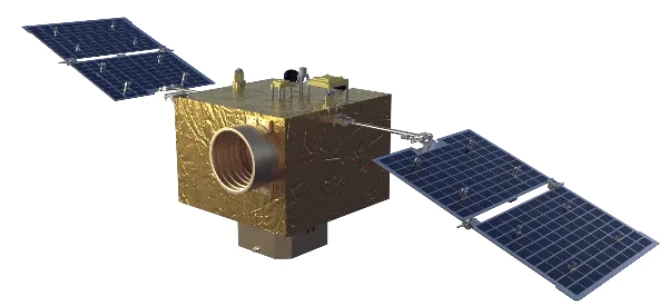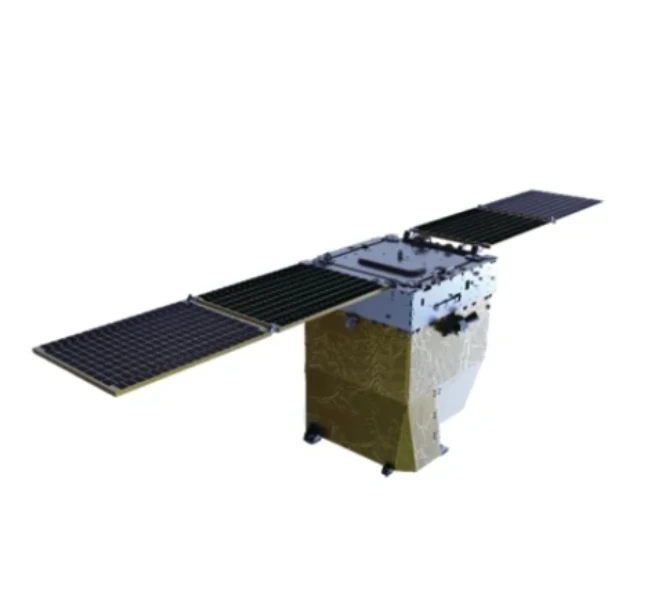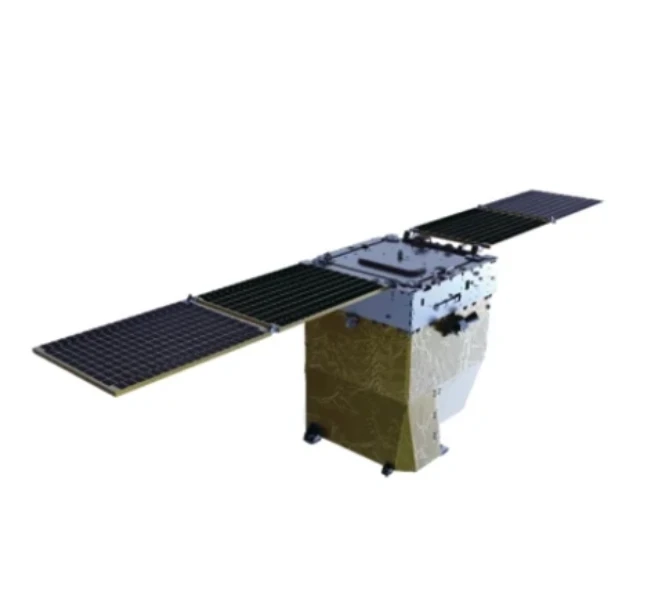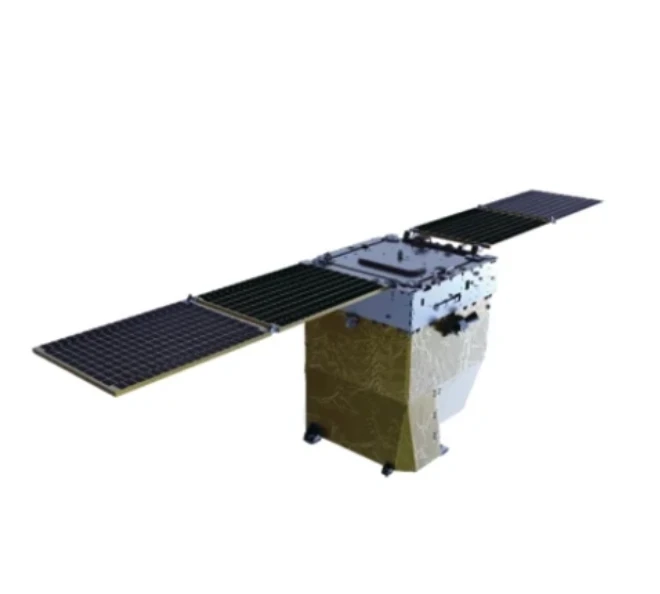
- Afrikaans
- Albanian
- Amharic
- Arabic
- Armenian
- Azerbaijani
- Basque
- Belarusian
- Bengali
- Bosnian
- Bulgarian
- Catalan
- Cebuano
- China
- Corsican
- Croatian
- Czech
- Danish
- Dutch
- English
- Esperanto
- Estonian
- Finnish
- French
- Frisian
- Galician
- Georgian
- German
- Greek
- Gujarati
- Haitian Creole
- hausa
- hawaiian
- Hebrew
- Hindi
- Miao
- Hungarian
- Icelandic
- igbo
- Indonesian
- irish
- Italian
- Japanese
- Javanese
- Kannada
- kazakh
- Khmer
- Rwandese
- Korean
- Kurdish
- Kyrgyz
- Lao
- Latin
- Latvian
- Lithuanian
- Luxembourgish
- Macedonian
- Malgashi
- Malay
- Malayalam
- Maltese
- Maori
- Marathi
- Mongolian
- Myanmar
- Nepali
- Norwegian
- Norwegian
- Occitan
- Pashto
- Persian
- Polish
- Portuguese
- Punjabi
- Romanian
- Russian
- Samoan
- Scottish Gaelic
- Serbian
- Sesotho
- Shona
- Sindhi
- Sinhala
- Slovak
- Slovenian
- Somali
- Spanish
- Sundanese
- Swahili
- Swedish
- Tagalog
- Tajik
- Tamil
- Tatar
- Telugu
- Thai
- Turkish
- Turkmen
- Ukrainian
- Urdu
- Uighur
- Uzbek
- Vietnamese
- Welsh
- Bantu
- Yiddish
- Yoruba
- Zulu
Essential Concepts in Signal and Data Transfer: Transmission Solutions
In the dynamic landscape of communication and technology, the ability to transmit signals and data efficiently is paramount. Concepts such as transmission measurement, optical transmission measurement, and the role of transmission antenna, including tv transmission antenna and radio transmission antenna, form the backbone of modern communication systems. These elements ensure reliable signal delivery across various applications, from wireless broadcasting to high - speed data networks.
Understanding the Basics of Transmission Measurement
In communication systems, transmission measurement plays a critical role in evaluating signal integrity and performance. Engineers use specialized tools to assess parameters like signal strength, bandwidth, and interference levels during data or signal transfer. For example, in a wireless network, transmission measurement helps identify areas with weak signals, allowing for adjustments to improve coverage. By analyzing how signals propagate through different media—such as air, fiber optic cables, or coaxial wires—experts can optimize system design to minimize loss and distortion, ensuring consistent and reliable transmission.
The Precision of Optical Transmission Measurement
Optical transmission measurement is central to fiber optic communication, where light signals carry vast amounts of data over long distances. This process involves measuring factors like optical power, signal attenuation, and chromatic dispersion within fiber optic cables. High - precision instruments are used to ensure that light signals remain strong and undistorted, even after traveling through hundreds of kilometers of fiber. In data centers and telecommunications networks, accurate optical transmission measurement is essential for maintaining high - speed data transfer rates and preventing signal degradation, making it a cornerstone of modern broadband and internet infrastructure.
The Role of Transmission Antennas in Wireless Communication
A transmission antenna serves as a key component in converting electrical signals into electromagnetic waves for wireless propagation. These antennas are designed to radiate signals efficiently across specific frequency bands, enabling communication in radio, television, and mobile networks. For instance, a tv transmission antenna is engineered to broadcast television signals over the airwaves, ensuring clear reception in homes and public spaces. Similarly, a radio transmission antenna facilitates the transmission of audio signals for radio broadcasts, the internet, and two - way communication systems like walkie - talkies. The design of these antennas—including their size, shape, and orientation—directly impacts signal coverage and strength, making them vital for effective wireless communication.
Distinctions Between TV and Radio Transmission Antennas
While both tv transmission antenna and radio transmission antenna enable wireless signal broadcast, they are optimized for different frequency ranges and applications. A tv transmission antenna typically operates at higher frequencies (VHF or UHF bands) to transmit video and audio signals for television, requiring precise alignment to cover large geographic areas. In contrast, a radio transmission antenna often functions at lower frequencies (AM or FM bands), designed to carry audio signals over longer distances with less sensitivity to obstacles. These antennas may also differ in structure; for example, radio antennas might use tall towers for omnidirectional signal spread, while TV antennas could employ directional arrays to focus signals toward specific regions, ensuring optimal reception for their respective services.
FAQ: Key Insights into Transmission Systems
How Does Transmission Measurement Impact System Performance?
Transmission measurement provides critical data on signal quality, allowing engineers to identify issues like interference, attenuation, or bandwidth limitations. By addressing these factors, systems can be optimized for better efficiency, reduced latency, and improved reliability. For example, in a cellular network, regular transmission measurement helps pinpoint dead zones and adjust antenna placement or power levels to enhance coverage and data speeds.
What Factors Influence the Effectiveness of a Transmission Antenna?
The effectiveness of a transmission antenna depends on several factors, including its design (e.g., dipole, parabolic, or loop antennas), frequency range, gain, and polarization. Proper installation—such as height, orientation, and grounding—also plays a key role. For a tv transmission antenna, being elevated above obstructions and aligned with the broadcast tower ensures clear signal reception, while a radio transmission antenna’s omnidirectional design helps spread signals evenly over a wide area.
Why Is Optical Transmission Measurement Critical for Fiber Optic Networks?
Fiber optic networks rely on light signals for data transfer, and even minor impairments can degrade performance. Optical transmission measurement checks for issues like signal loss due to cable bends, connector defects, or material impurities. By ensuring low attenuation and minimal dispersion, these measurements help maintain high - speed data transfer, making fiber optics suitable for applications requiring massive bandwidth, such as cloud computing, video streaming, and long - haul telecommunications.
Can a Single Transmission Antenna Be Used for Both TV and Radio Signals?
In most cases, dedicated antennas are designed for specific frequency bands to optimize performance. A tv transmission antenna is built for VHF/UHF frequencies used in television, while a radio transmission antenna is tailored for AM/FM bands. However, some broad - band antennas may support multiple frequency ranges, though they often compromise on efficiency compared to specialized designs. Using the correct antenna for each application ensures optimal signal transmission and reception.
How Do Environmental Factors Affect Transmission Antennas?
Environmental factors like weather (rain, snow, wind), physical obstructions (buildings, trees), and electromagnetic interference can impact antenna performance. For example, a tv transmission antenna might experience signal degradation during heavy rain, while a radio transmission antenna could face interference from nearby electrical equipment. Antennas with weather - resistant coatings and robust construction, along with proper placement to avoid obstructions, help mitigate these effects and maintain consistent signal transmission.











